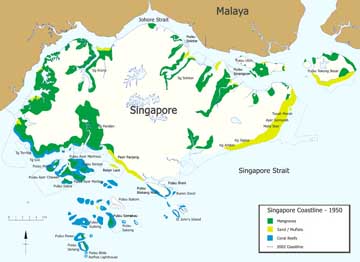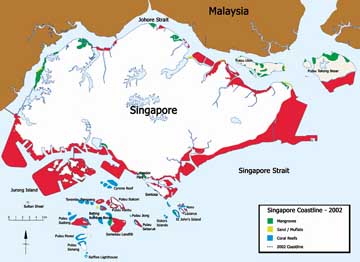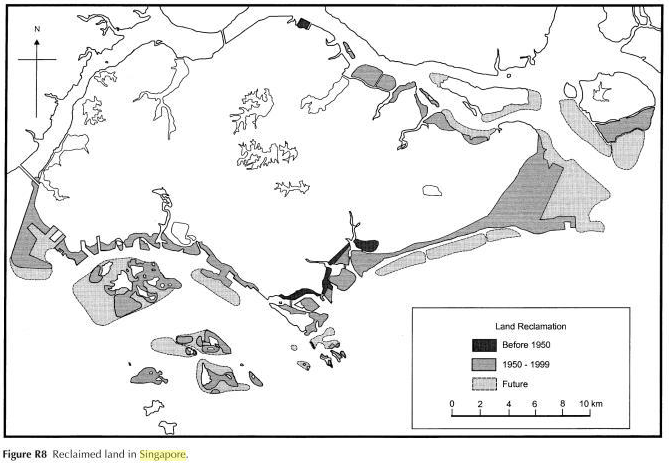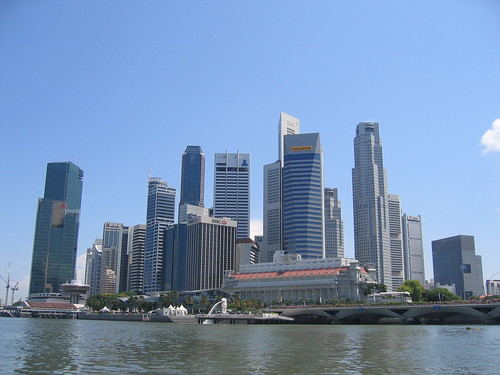& time
& about
the 4 man show
A School In Singapore
Xinmin Secondary School
Class 203♥
a group of 4
and the work of 4
& members
Vincent Low (31)
Morris Ngiam (33)
Ivan Eng (26)
Teh Zhi Thon (37)
& disclaimer
This blog was made for our RAFT Geography Project,and RAFT stands for Role, Audience, Format and Topic about land.
This blog is not intended for any educational purposes.
& other blogs
203♥
Other RAFT Blogs
203
ruixin&berlinda
& tagboard









